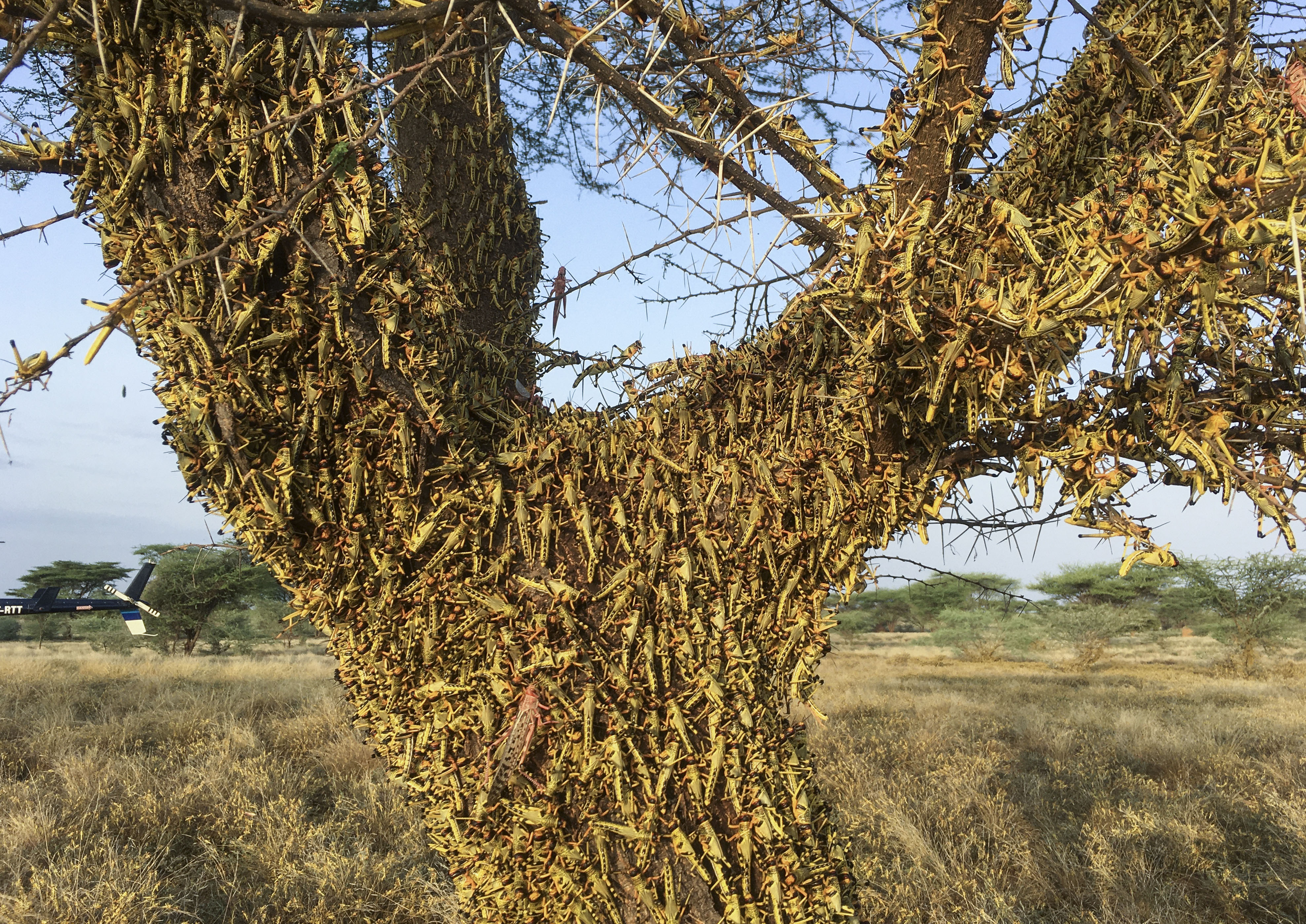Monsoon minimises immediate risk of locusts
KATHMANDU, JULY 19
The incessant rain in the country has somehow minimised the immediate risk of locusts. Issuing a statement today, the Plant Quarantine and Pesticide Management Centre has said that the changing direction of the wind and ongoing monsoon season in the country have minimised the risk of locusts to some extent.
“There are still large swarms of locusts active in Rajasthan of India. However, the wind at present is blowing towards the east from the south and its flow is also pretty fast. Moreover, the continuous rainfall for the last three days is a good sign and the locusts could divide into smaller groups,” the centre stated.
The centre, however, said that there is still a chance of new swarms of the pests entering the country.
According to the centre, Sudurpaschim Province, Province 5 and Karnali Province are still at risk. The locusts travelling from Rajasthan might enter the country via these provinces.
Meanwhile, recently a group of locusts has entered Banke and divided into smaller groups. Currently, these groups of locusts were detected in Hirminiya, Naubasta and Chhinchu areas. The centre’s report mentions that so far the locusts have slightly damaged mango and maize fields in Chhinchu and Ramghat areas. After that the locusts travelled to Dadeldhura and Baitadi on Saturday.
Some of the groups have even reached Uttarganga via Dasrathpur in Banke district.
Meanwhile, a group of locusts has been sighted travelling towards India via Kanchanpur district. That swarm landed in Kanchanpur on Saturday and on the same day it was found returning to India. From that swarm too a few smaller groups of locusts were seen travelling towards Dadeldhura and Baitadi. Even though the locusts are entering the country it has been reported that they are likely to have less damage on crops due to the monsoon in the country.
The centre has claimed that the concerned authorities are monitoring the current situation of locusts and the probability of the insects entering the country in the coming days.
This year, starting from northern Africa the swarm of insects have travelled via Sudan, Iran and Pakistan and then to Rajasthan in India. And via India the locusts have also entered Nepal. Thus, locals themselves are actively working to prevent their crops from locusts and the government is also conducting awareness programmes and providing locust and weather alert to stakeholders.
A version of this article appears in e-paper on July 20, 2020, of The Himalayan Times.



